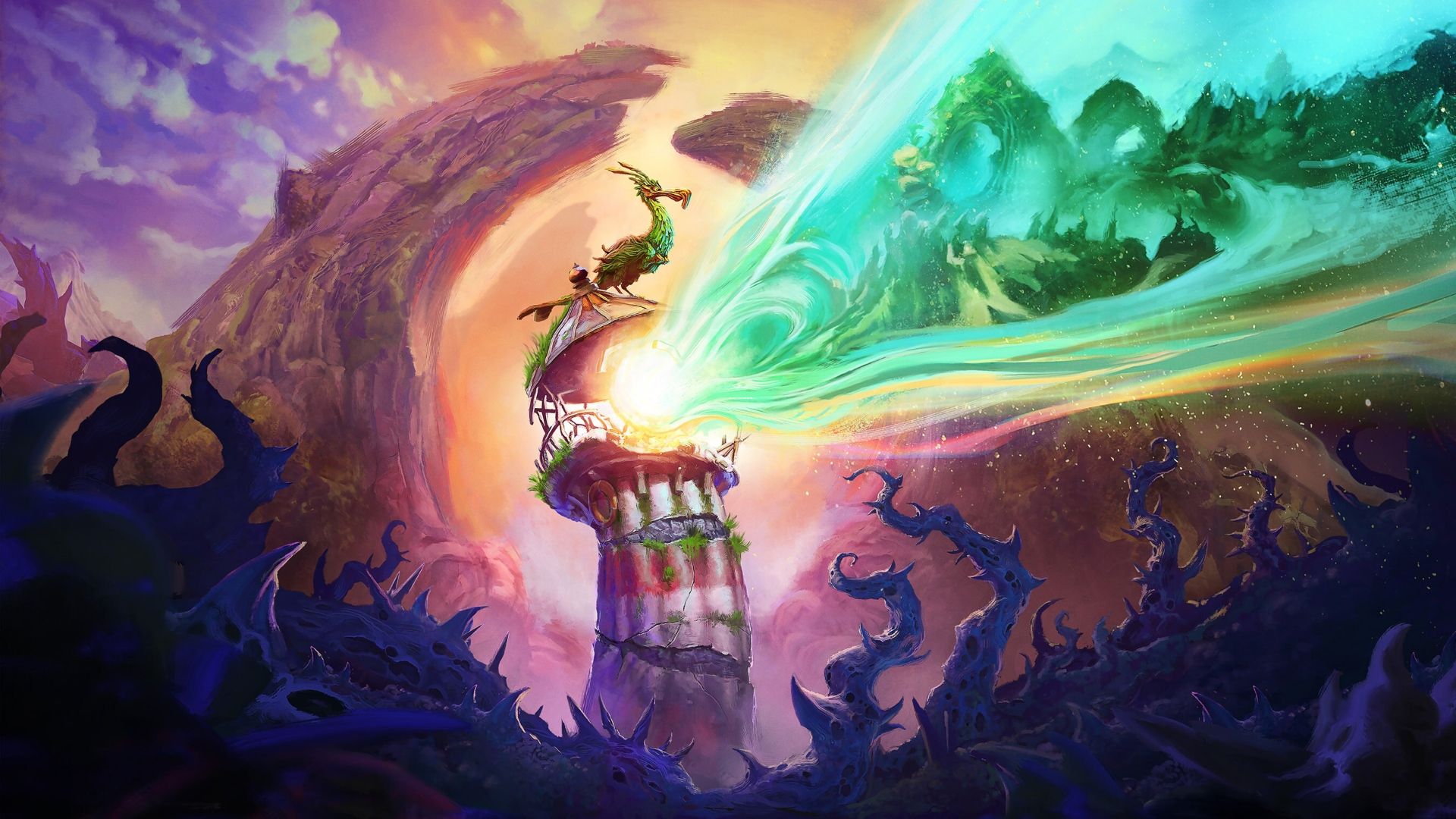
For the past twenty years, Double Fine has created more than 30 video games. Though not every game has been a massive hit with players and critics, most have clearly shown what makes Double Fine special: they’re innovative, explore new game types, and often focus on humor and emotional storytelling. Sadly, the game *Keeper* doesn’t quite capture that familiar Double Fine spirit.
Keeper is an adventure puzzle game where you control a lighthouse that can walk and talk, set on an island after a disaster. It’s arguably Double Fine’s most visually impressive game, but gameplay-wise, it’s also one of their most straightforward and repetitive experiences.
Keeper Features a Familiar But Fine Story
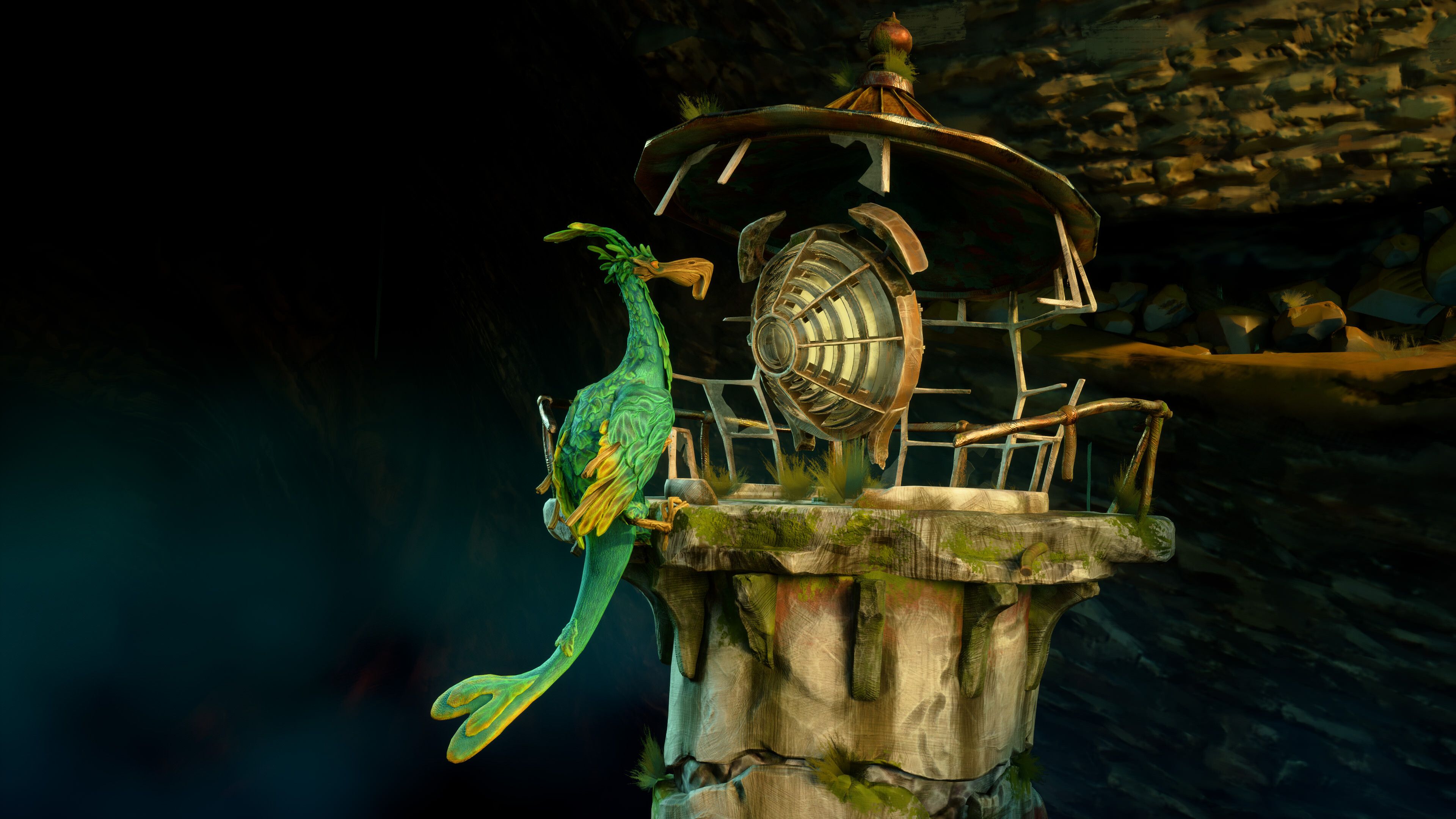
Keeper starts with a lighthouse that can walk, and it joins forces with a small green bird named Twig to remove a strange darkness from the island and climb to its highest point. This idea – a character bringing life and light back to a decaying world – is common in many indie games, including titles like Ori and the Blind Forest, Kena: Bridge of Spirits, and Sword of the Sea.
Keeper largely sticks to a familiar formula. Throughout its 3-4 hour playtime, the story doesn’t offer many surprises, and while the game does have some emotional moments near the end, players who enjoy this type of story will likely predict them.
Much of the story and background details in *Keeper* are revealed through Achievements. Players discover hidden statues that unlock Achievements, and the descriptions within those Achievements provide further insight into the game’s world.
Art Style and Atmosphere Is Where Keeper Really Shines
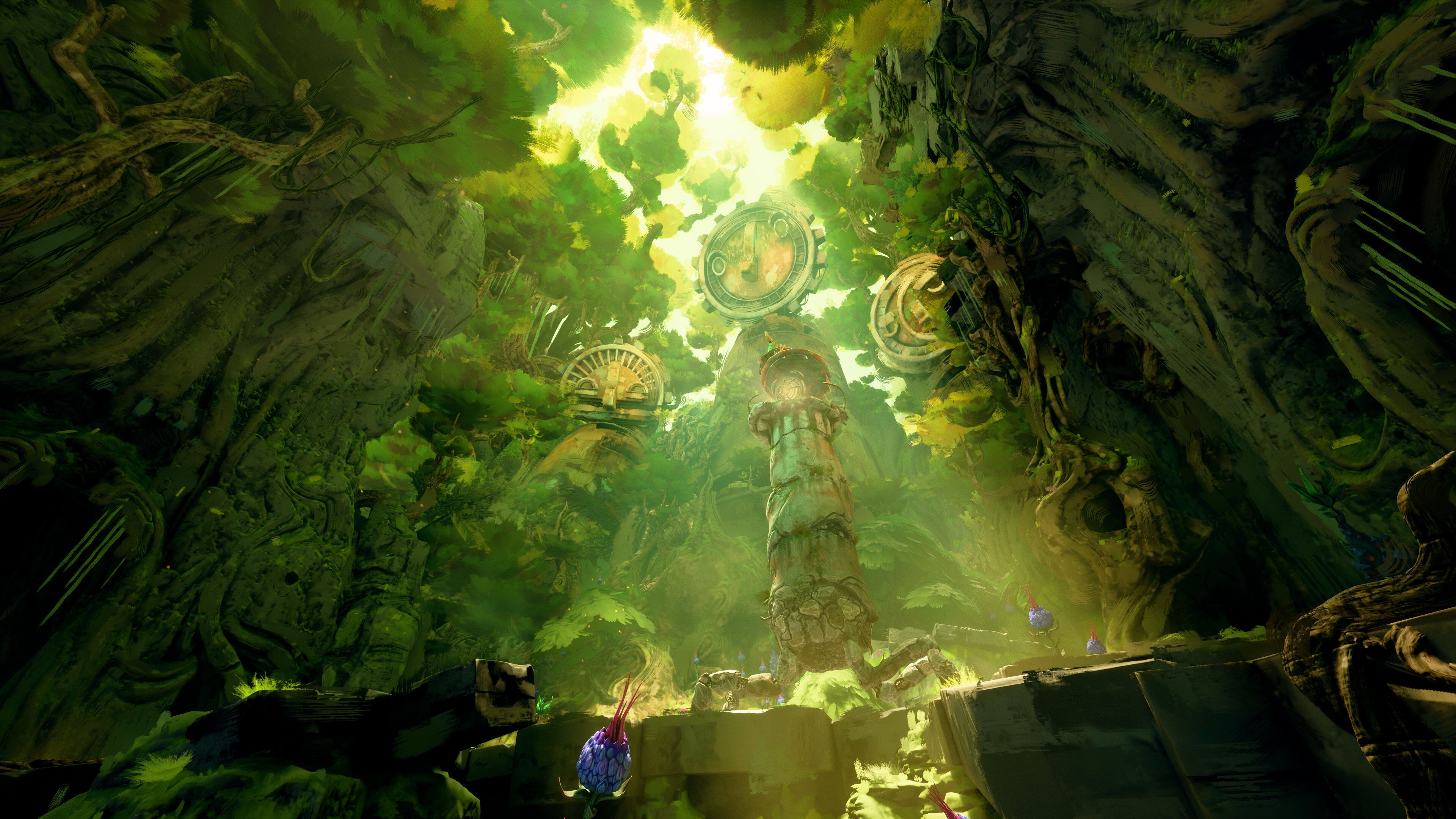
What really sets *Keeper* apart is its visual style and the immersive atmosphere it creates. It feels like a natural step forward from Double Fine’s usual bright, colorful, and fun look – almost like *Psychonauts 2*, but even more vibrant and detailed.
Both the lighthouse in *Keeper*, the character Twig, and the game’s unique creatures are beautifully designed with a detailed, hand-crafted look – a style Double Fine is known for. However, this game takes it further with modern shading and effects, making the characters more expressive and lively. The game’s environments are just as striking, creating a surreal and dreamlike atmosphere that’s both beautiful and subtly unsettling, much like a living Van Gogh painting.
Keeper’s environmental design is like a Van Gogh landscape come to life.
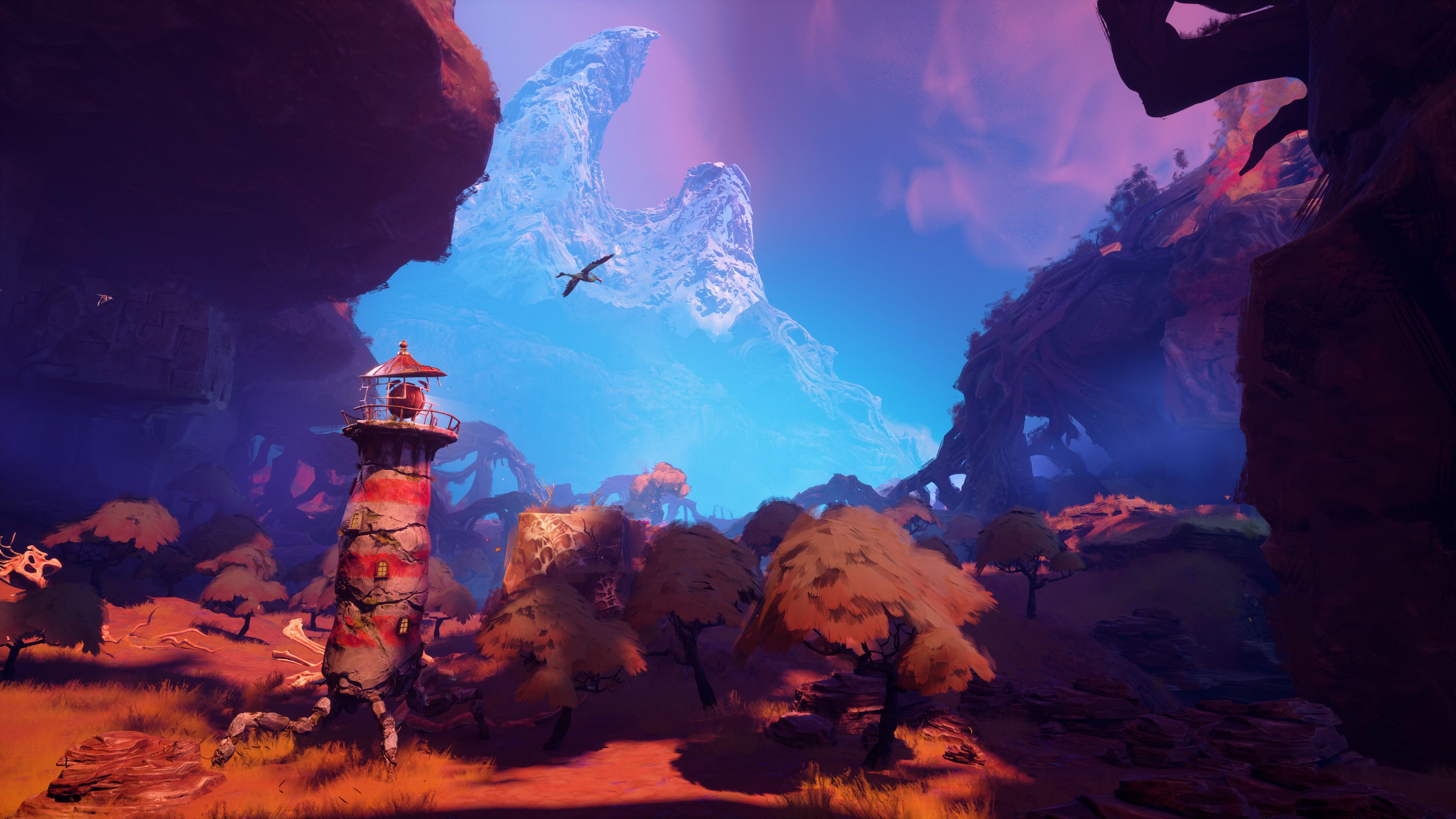
The game creates a feeling of strange beauty, and the way it’s filmed emphasizes both how massive the island is and how naturally beautiful it looks. However, the fixed camera angles can sometimes be distracting during gameplay, especially in larger areas, as the perspective changes suddenly.
The game *Keeper* boasts a fantastic look and feel – its art style is eye-catching, the characters are lively, and the overall atmosphere is really immersive. It genuinely feels like a game Double Fine would make today. However, the gameplay itself doesn’t quite live up to those same high standards.
Keeper Should Have Kept Its Spotlight on Gameplay
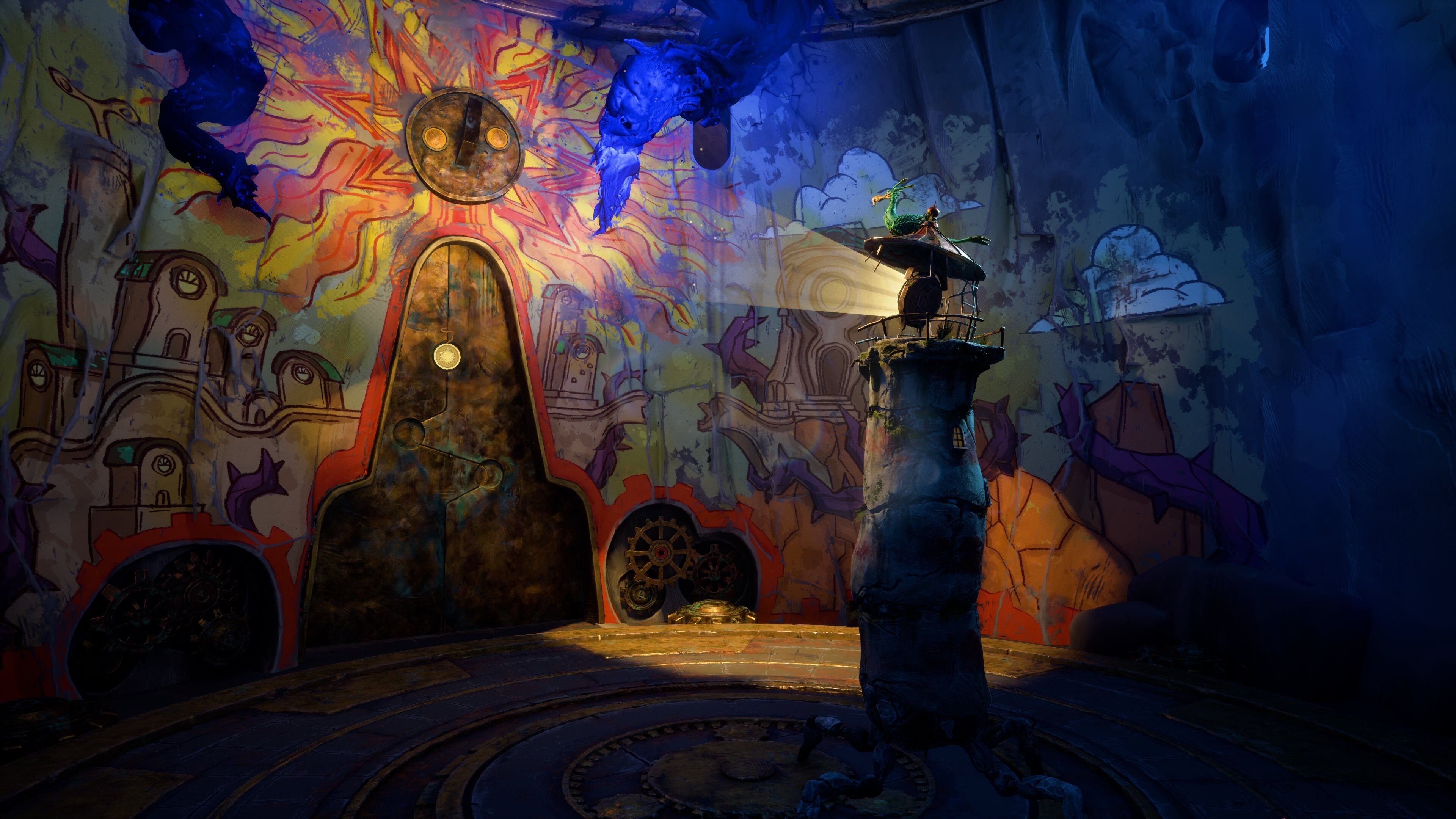
Double Fine isn’t typically known for groundbreaking gameplay, but their games usually offer solid mechanics with interesting and unusual features that make them memorable.
The game *Brutal Legend* from 2009 shows a good balance of fun action combat and interesting tower defense elements, even if those elements weren’t universally loved. In contrast, *Keeper* lacks those unique gameplay ideas, and sometimes the basic gameplay isn’t even very good.
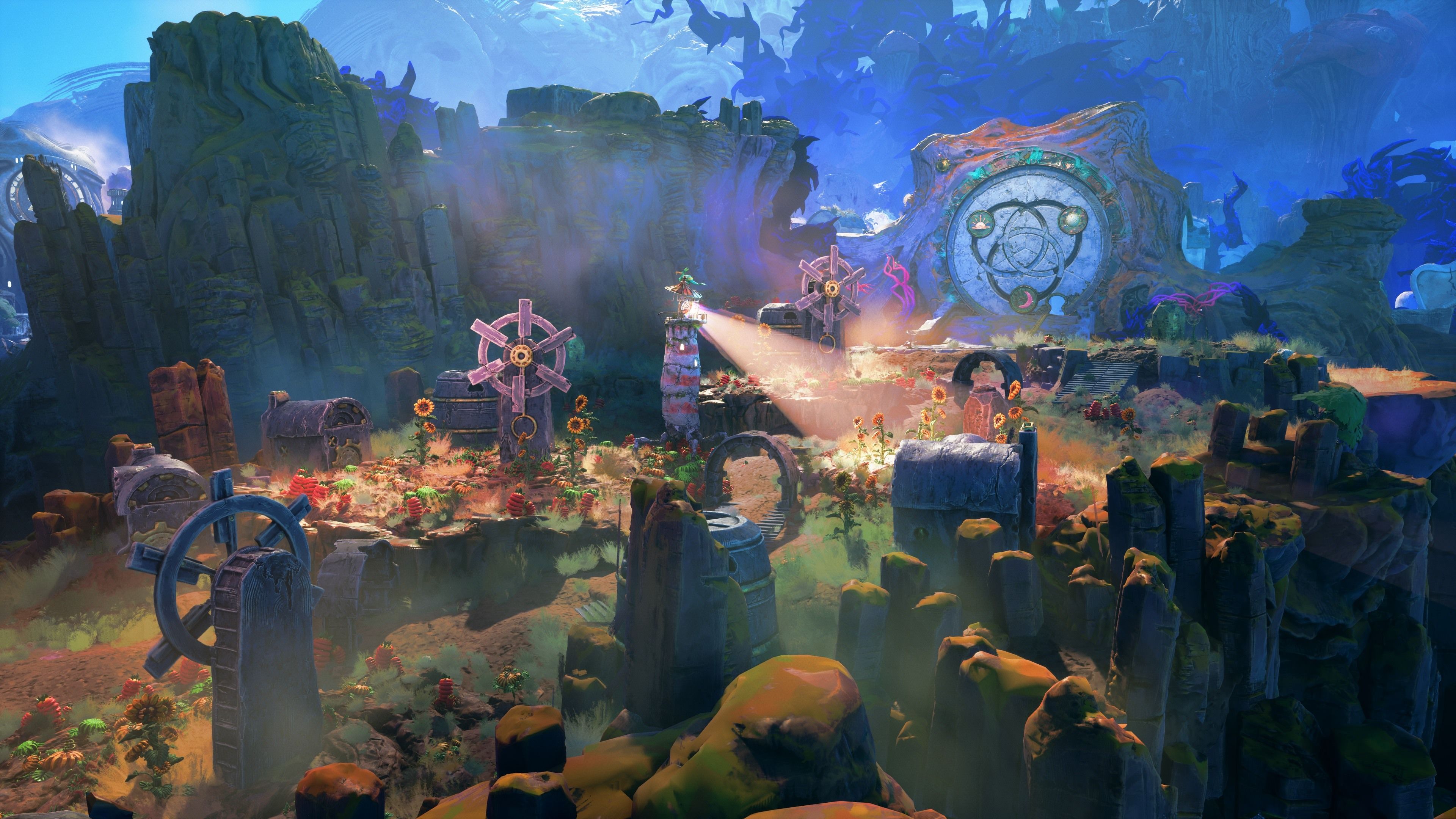
Throughout most of *Keeper*, players navigate environments in a slow and clunky way, shining a light on objects and waiting for something to happen before continuing. While the puzzles and mechanics change slightly as you play, these additions aren’t significant enough to create a truly challenging or engaging experience.
In the beginning of *Keeper*, players can manipulate time using a light beam and special totems, altering the surrounding environment. While this sounds interesting, it doesn’t quite live up to its potential. Most of the puzzles in this section involve simply exploring and shining your light on the only object you can interact with, with occasional tasks for a small companion, Twig, like turning wheels or pressing buttons.
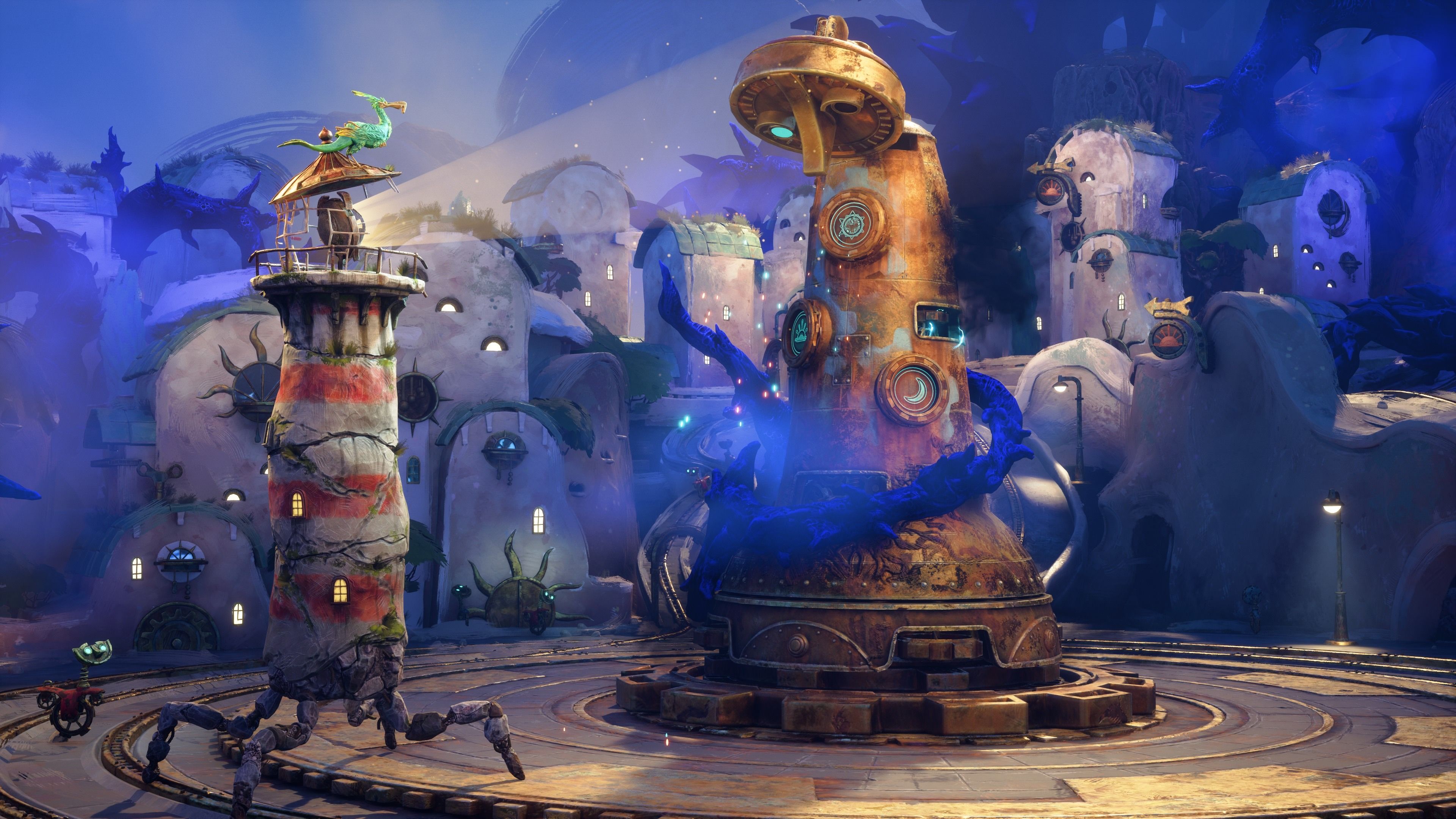
Keeper Can Feel Like a Chore to Play
I didn’t enjoy playing Keeper very much because it lacked challenge and interesting gameplay. The game is short, only a few hours long, but it felt much longer due to the slow speed and awkward controls of the lighthouse. It was difficult to steer the lighthouse through the tight levels, and while the animations made it feel heavy, they also made the gameplay stiff and clunky.
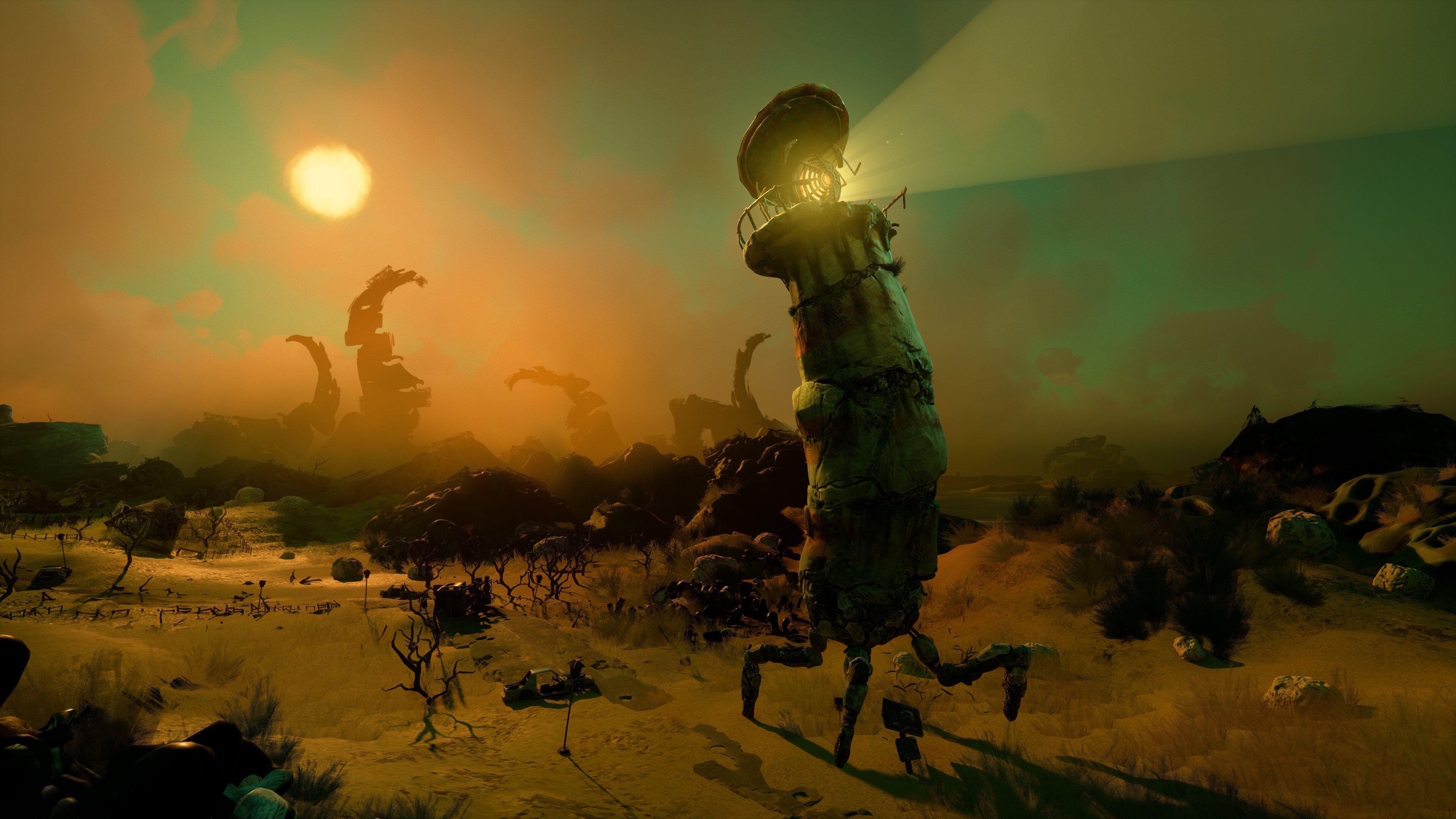
Beyond frustrating controls, *Keeper* also struggles with its structure and how it introduces new ideas. The game is divided into four parts, and each one adds one or two new gameplay elements. Unfortunately, these elements aren’t particularly unique, and they either stick around for too long or are removed before you really get to enjoy them. Each part also varies greatly in length, creating a noticeably uneven and jarring experience.
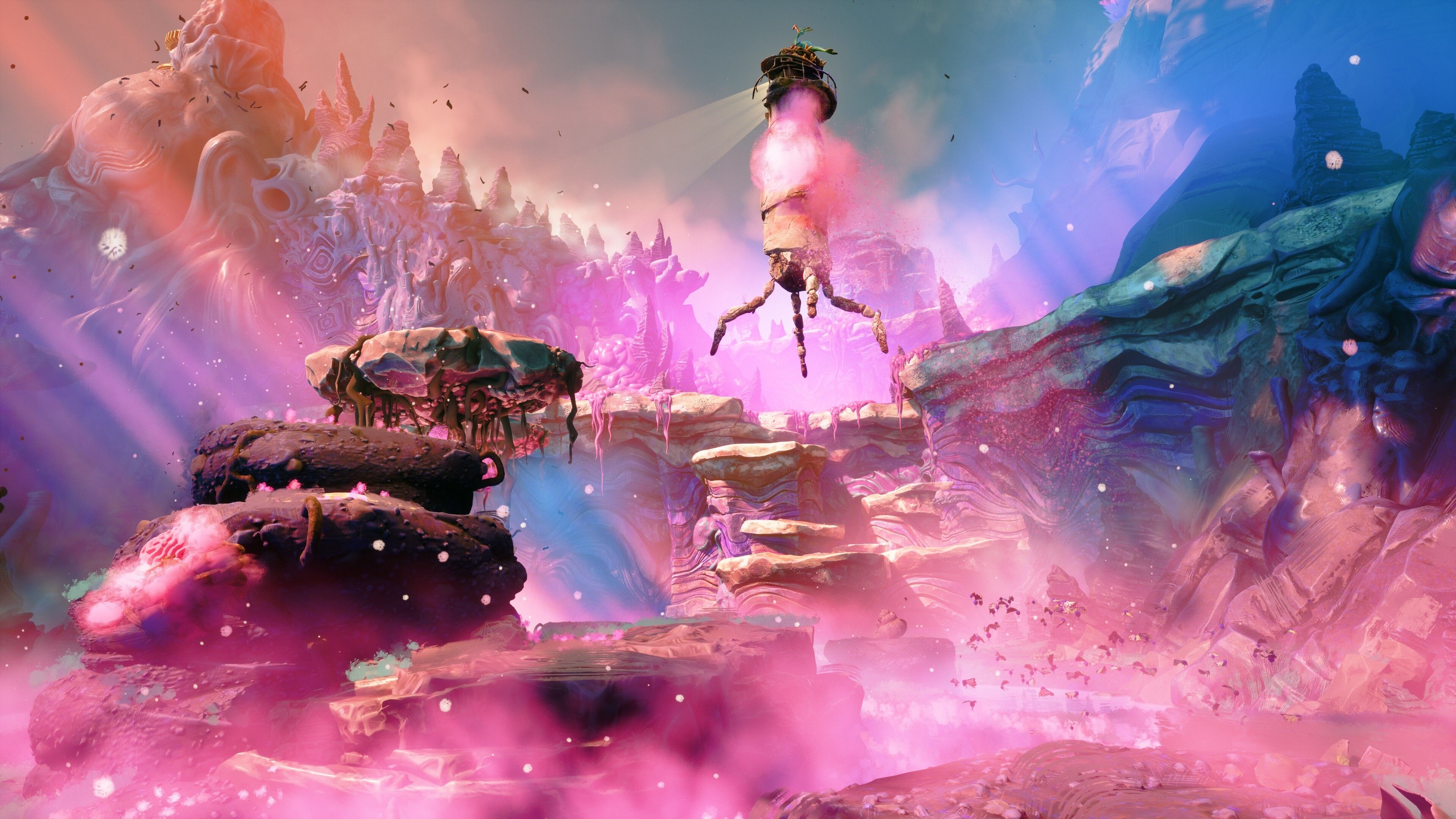
However, the last 45 minutes of *Keeper* are a significant improvement. Without giving away any details, this final section delivers the exciting pace the game needed, along with fun gameplay and stunning visuals. It really embraces the trippy, mind-bending style the studio is known for.
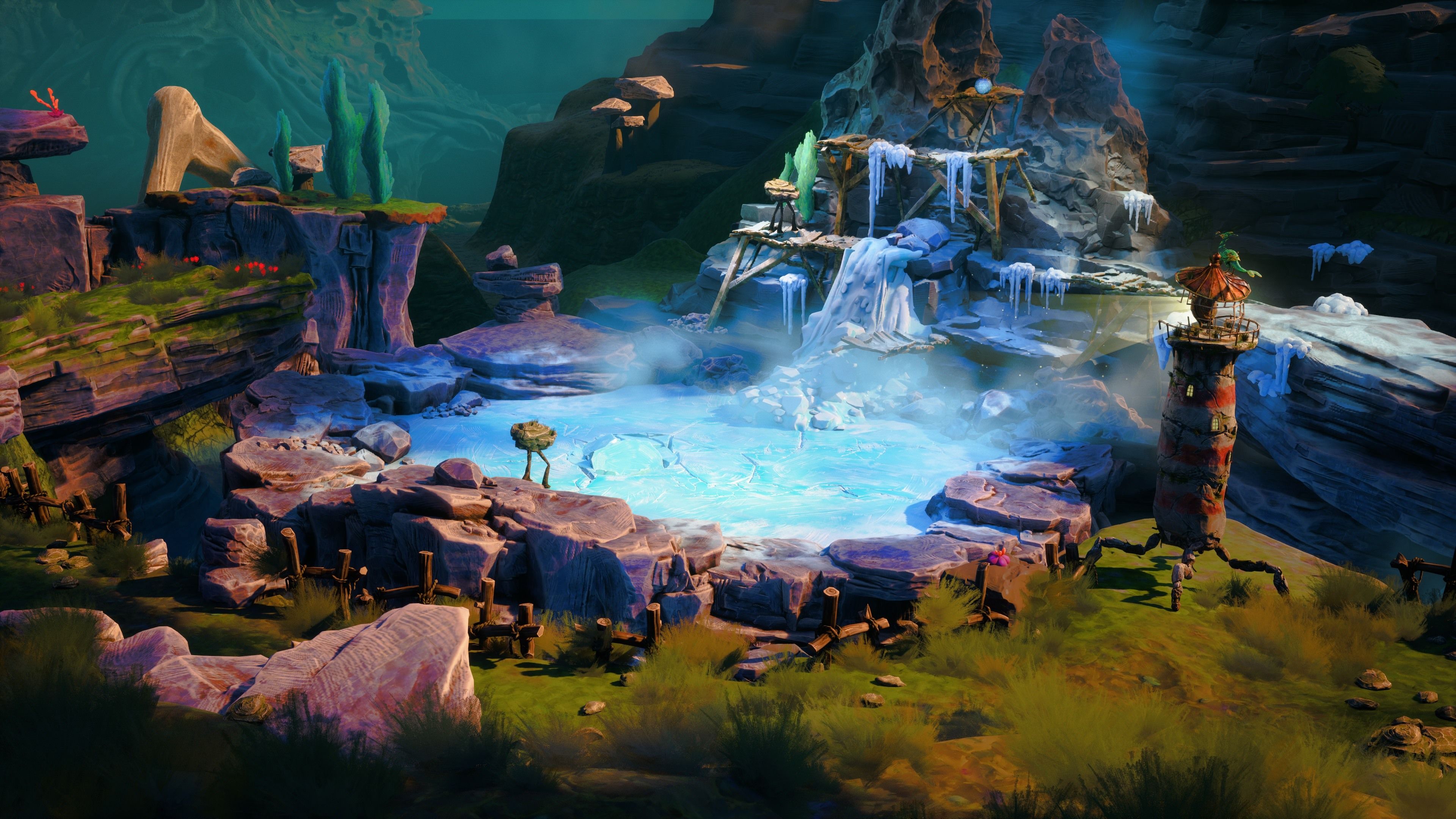
While the final 45 minutes of *Keeper* showed the spark and imagination you’d hope for in a game from Double Fine, the first three hours feel surprisingly flat. *Keeper* is a visually stunning game – every scene could be a work of art – but it’s best experienced as a spectator, rather than a player.
Keeper will be available on PC and Xbox Series X/S starting October 17, 2025. Game Rant received an Xbox code to review the game.
Read More
- Jujutsu Zero Codes
- Jujutsu Kaisen Modulo Chapter 16 Preview: Mahoraga’s Adaptation Vs Dabura Begins
- One Piece Chapter 1169 Preview: Loki Vs Harald Begins
- All Exploration Challenges & Rewards in Battlefield 6 Redsec
- Boruto: Two Blue Vortex Chapter 29 Preview – Boruto Unleashes Momoshiki’s Power
- Everything Added in Megabonk’s Spooky Update
- Upload Labs: Beginner Tips & Tricks
- Battlefield 6: All Unit Challenges Guide (100% Complete Guide)
- Best Where Winds Meet Character Customization Codes
- Top 8 UFC 5 Perks Every Fighter Should Use
2025-10-17 18:07